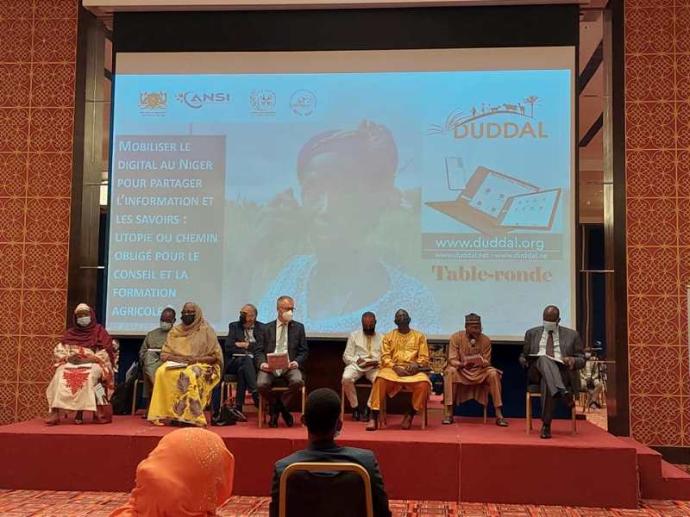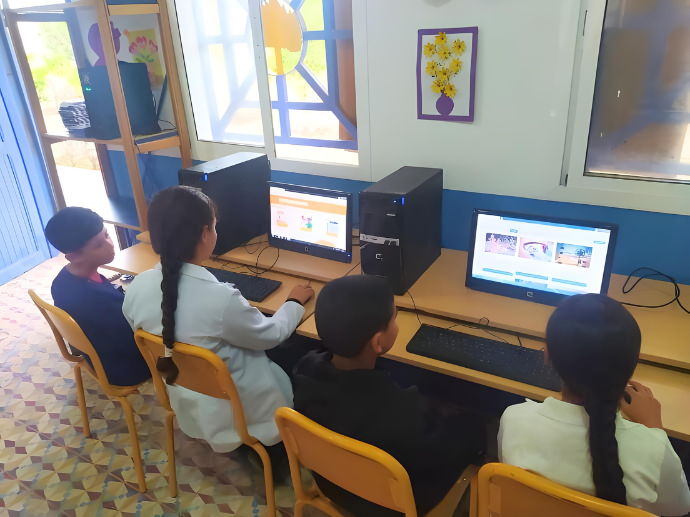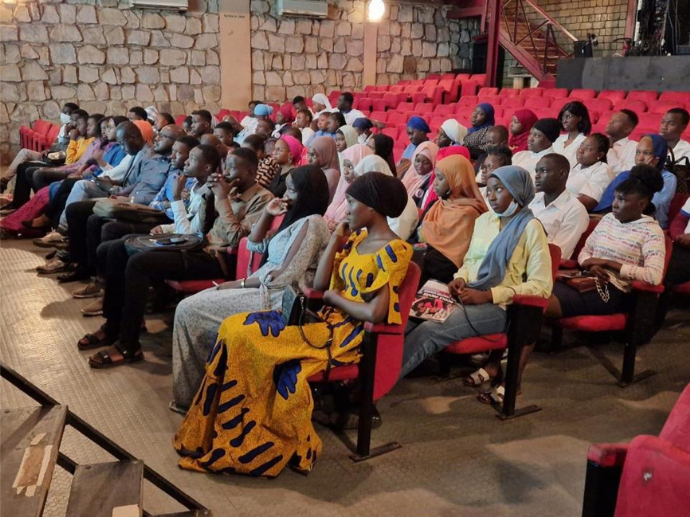A real numerical ditch between cities and countrysides
In Africa, the contrast between the connectivity in rural and urban zones is stricking. Whereas cities benefit from modern numerical infrastructures - optical fiber, 4G network, Wi-Fi station, or many access providers - countrysides remain in margin. This gap is creating a digital divide which directly impacts life conditions, the access to information and socio-economical opportunities of rural populations.
According to a study from Yenkasa Africa (2022),
only 23% of the inhabitants in rural zones in Sub-saharan africa have access to Internet, against 51% in urban zones.
No or too expensive infrastructure
The deployment of Internet in the rural zones is mostly braked because of the lack of infrastructure. Installing relay antennas, put cables or maintain equipments in remote areas is expensive. For the telecom operators, the return on investment is low, because the density of population is less and the revenus are lower. As a consequence, many villages remain without network, or dependent on slow and instable connexions.
And when the connexion exists, it often costs more relative to local income. In some rural areas, a monthly fee can represents up to 20% to 30% of the monthly income, which make the access to Internet simply inaccessible to many (Alliance for Affordable Internet, 2023).

Lost opportunities for education, agriculture and the local economy
This lack of connectivity deprives millions of people of services and fundamental opportunities. For example, in the education, many youth in rural zones do not have access the numerical ressources or online classes. Also, teachers are limited in their access to continuing training or actualized pedagogical contents.
In the agricultural field, the lack of Internet means that an agricultor can't consult the weather forecasts, follow the market fluctuations or receive technical advices from numerical platforms. It is a direct lost of produtivity and incomes.
Finally, from an economical perspective, the lack of connexion limits the development of little local enterprises that might digitalized itself, do online selling or access to management tools and numerical financing.
What are the answers to this imbalance ?
To bridge this gap, several initiatives are emerging. The African Union has set an ambitious goal: to connect 80% of the population by 2030, thanks in particular to hybrid strategies combining offline Internet, satellites and community networks, according to AP News, 2022.
Some local companies are also developing solutions adapted to rural realities, such as digital content boxes that can be used without Internet (e.g. DataCup), or portable Wi-Fi relays. NGOs and foundations, such as the Zuri Foundation or iSchool Africa, are also involved in providing rural schools with digital educational content and equipment.
Bridging the digital divide for real digital inclusion
The gap between urban and rural areas is not just a question of infrastructure; it's a question of equal access to knowledge, opportunities and participation in the digital economy. Without a proactive, inclusive policy, millions of people will remain on the margins of an increasingly connected world.
 Duddal
Duddal SOS Village d'Enfants Niger
SOS Village d'Enfants Niger



How the ditch between rural and urban zones affects the connectivity?